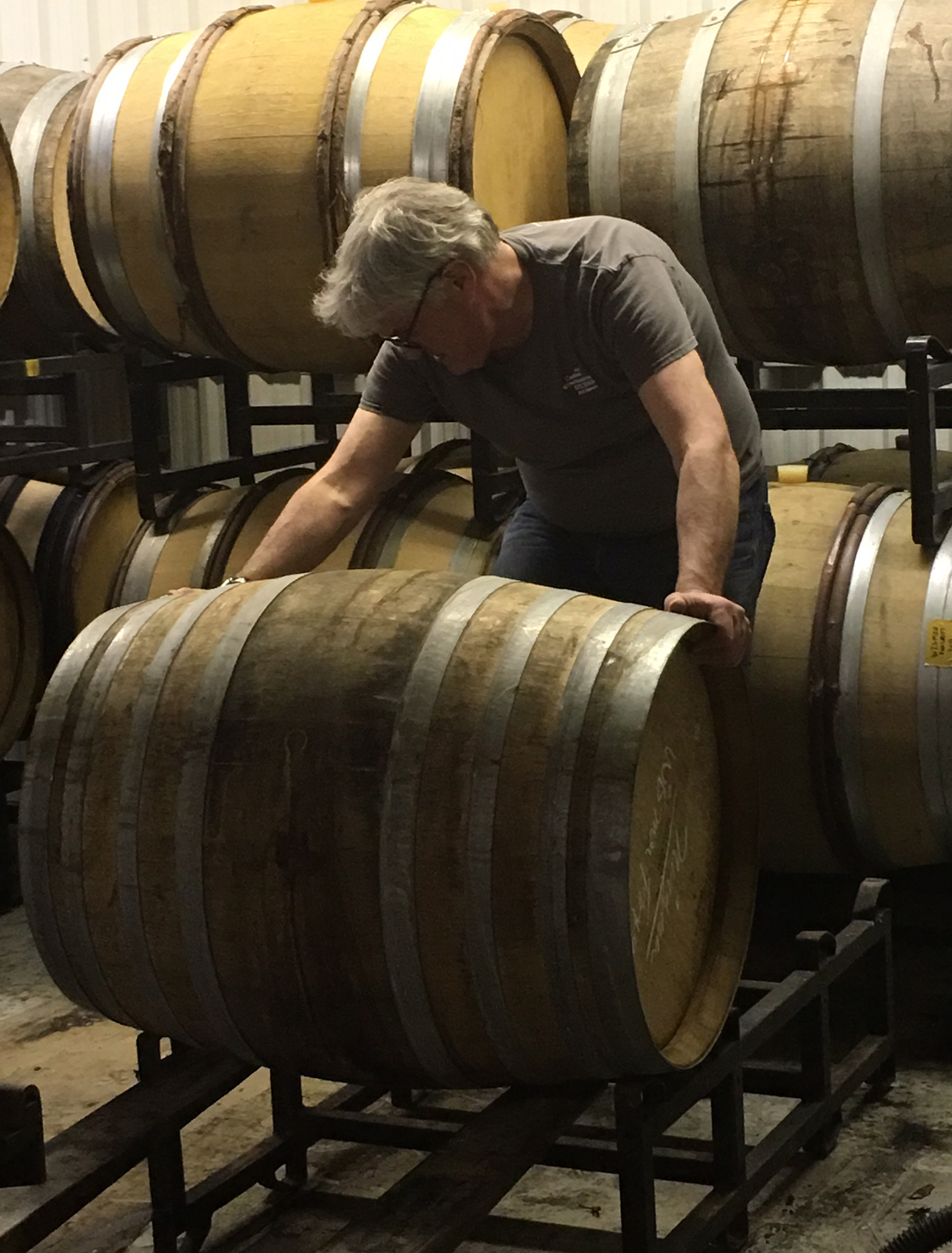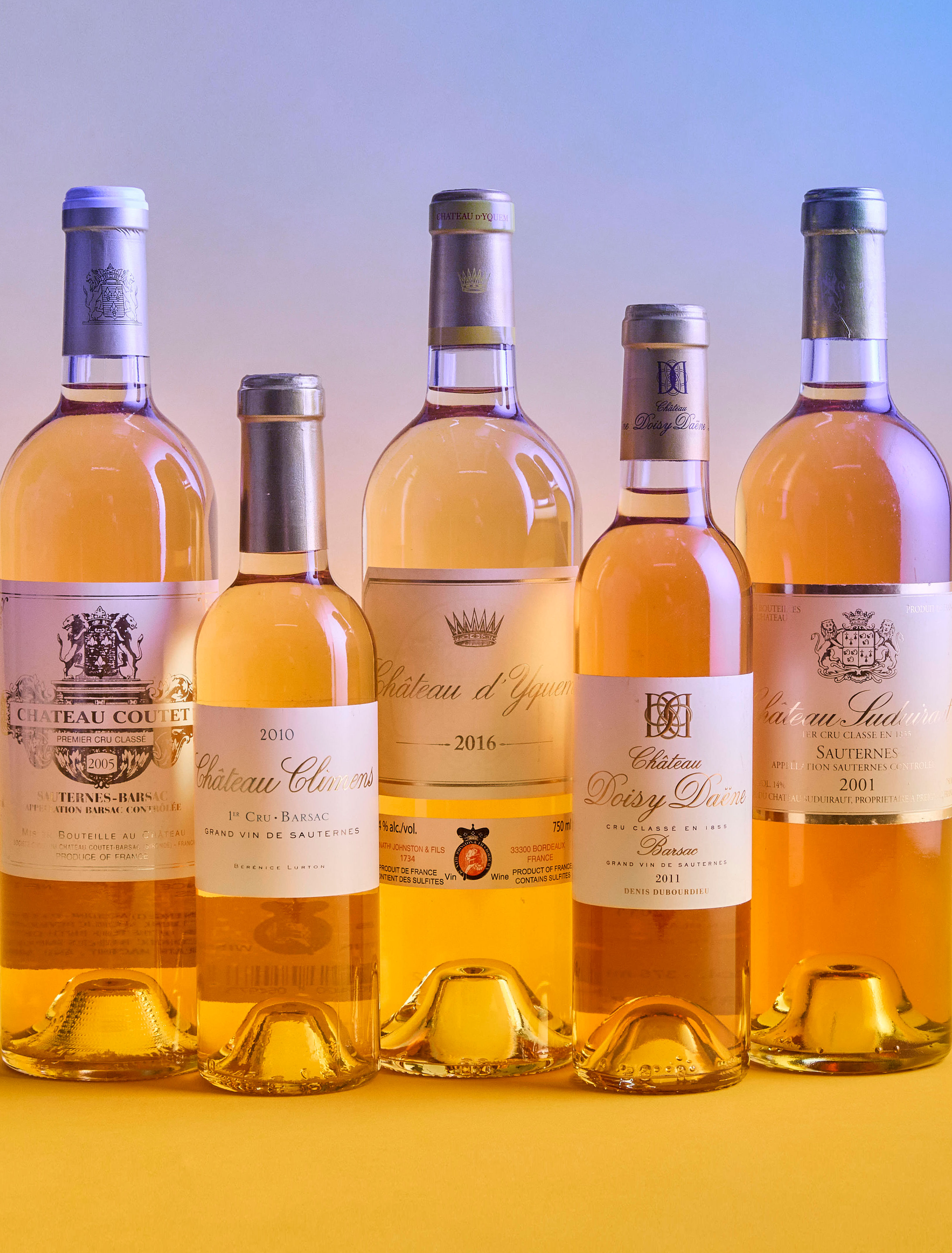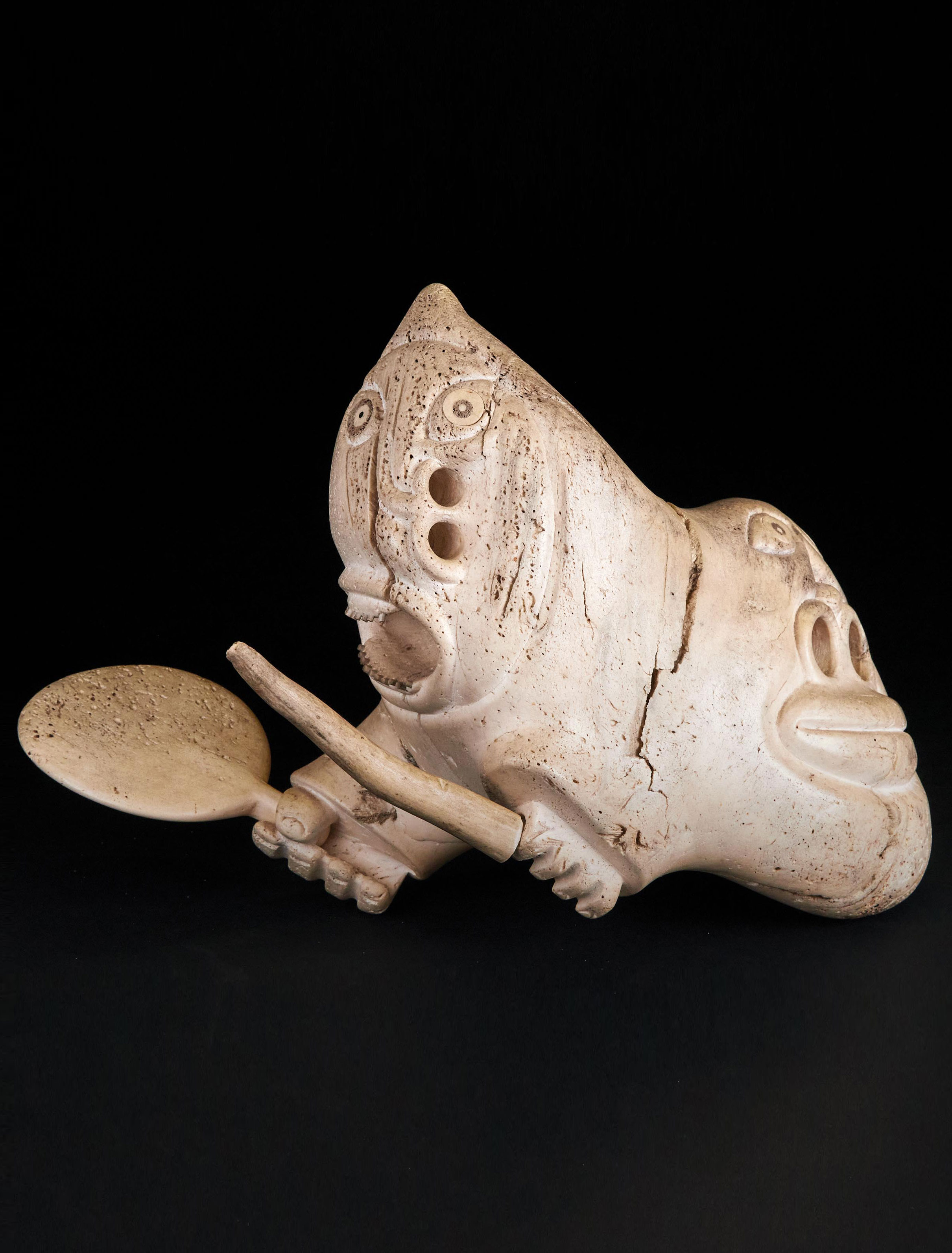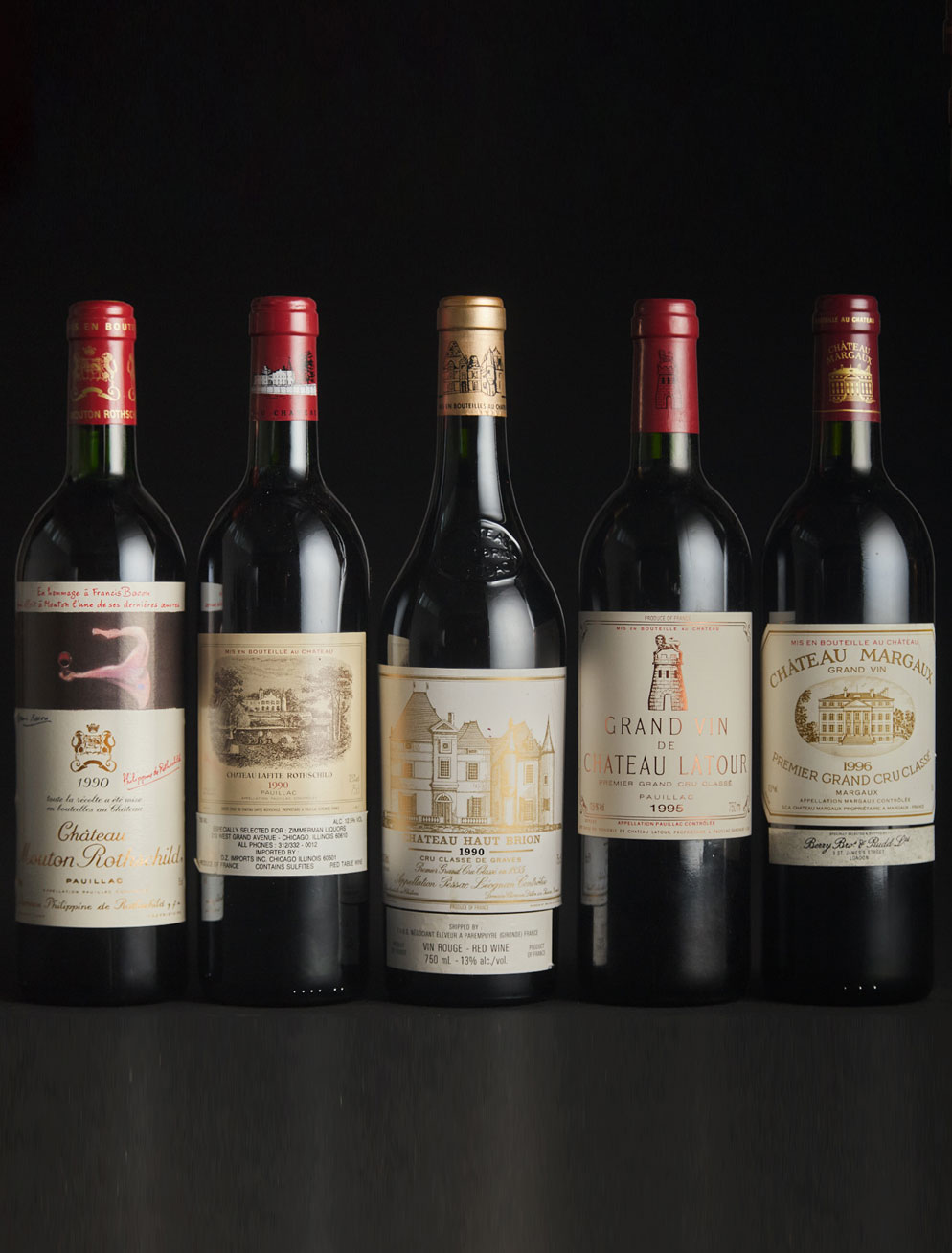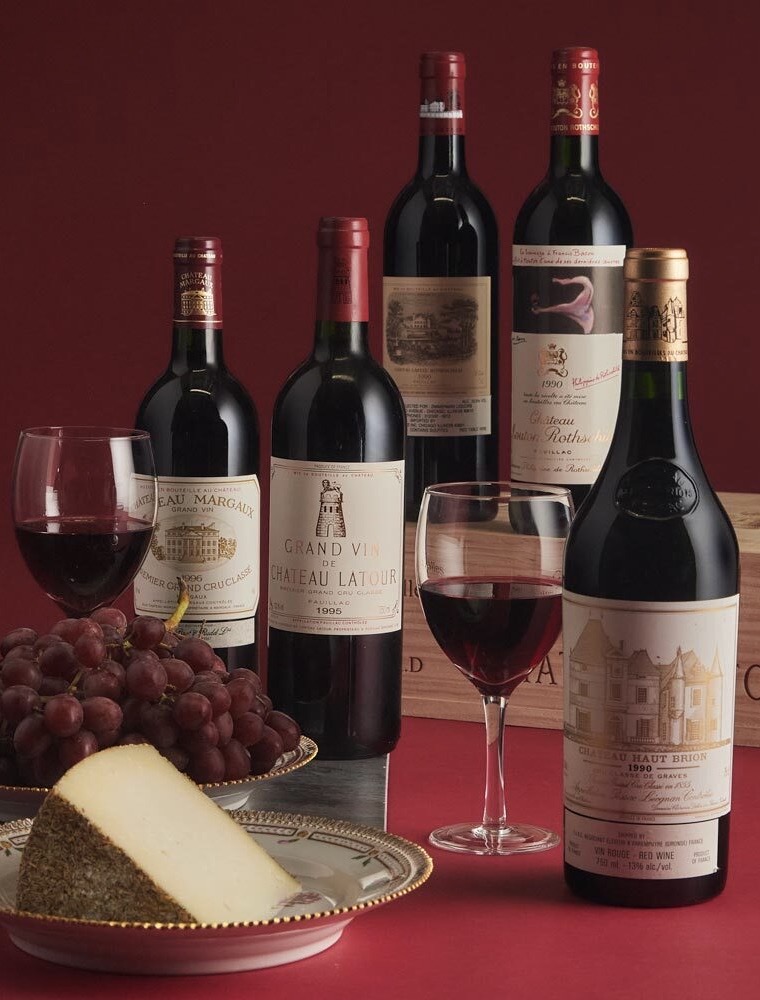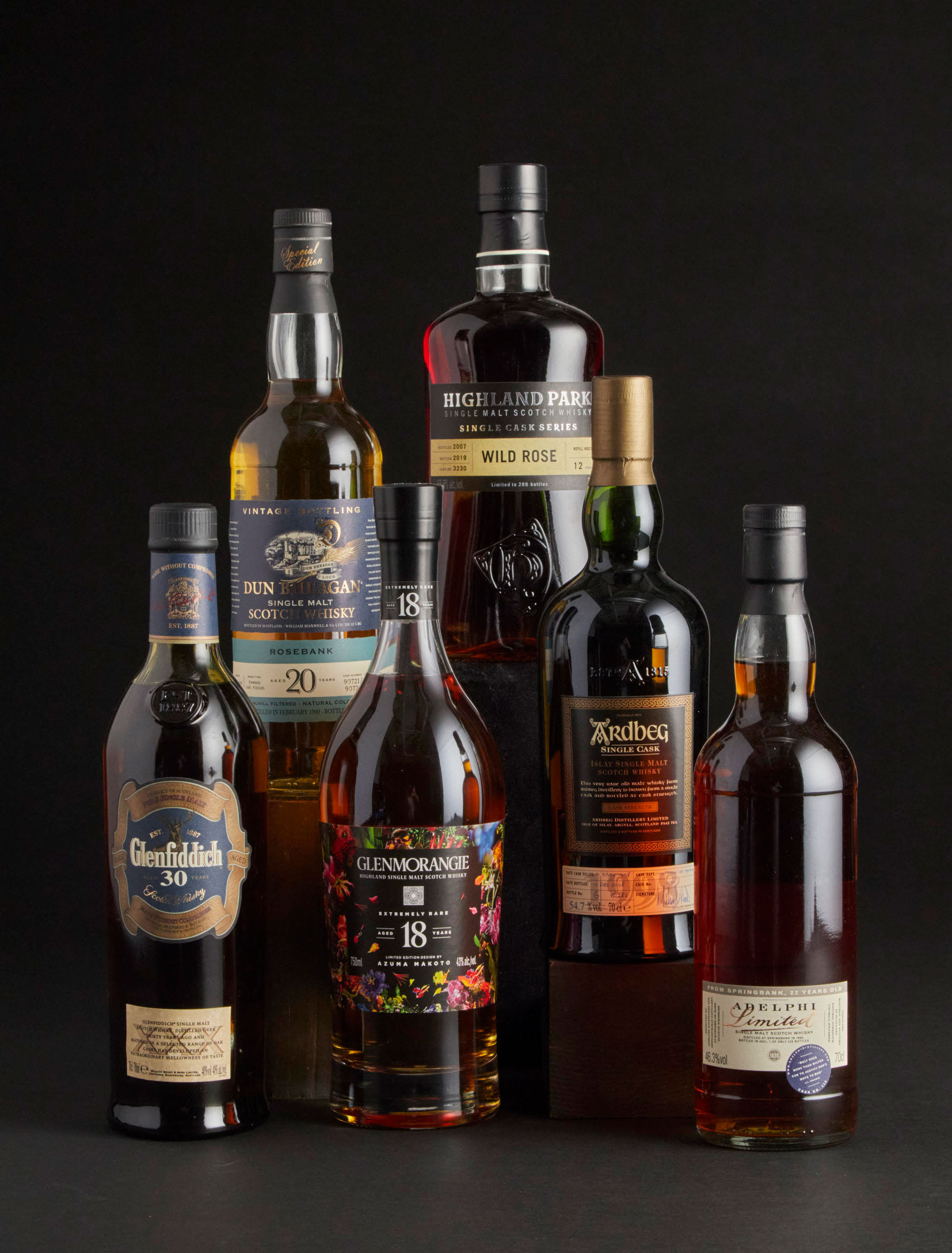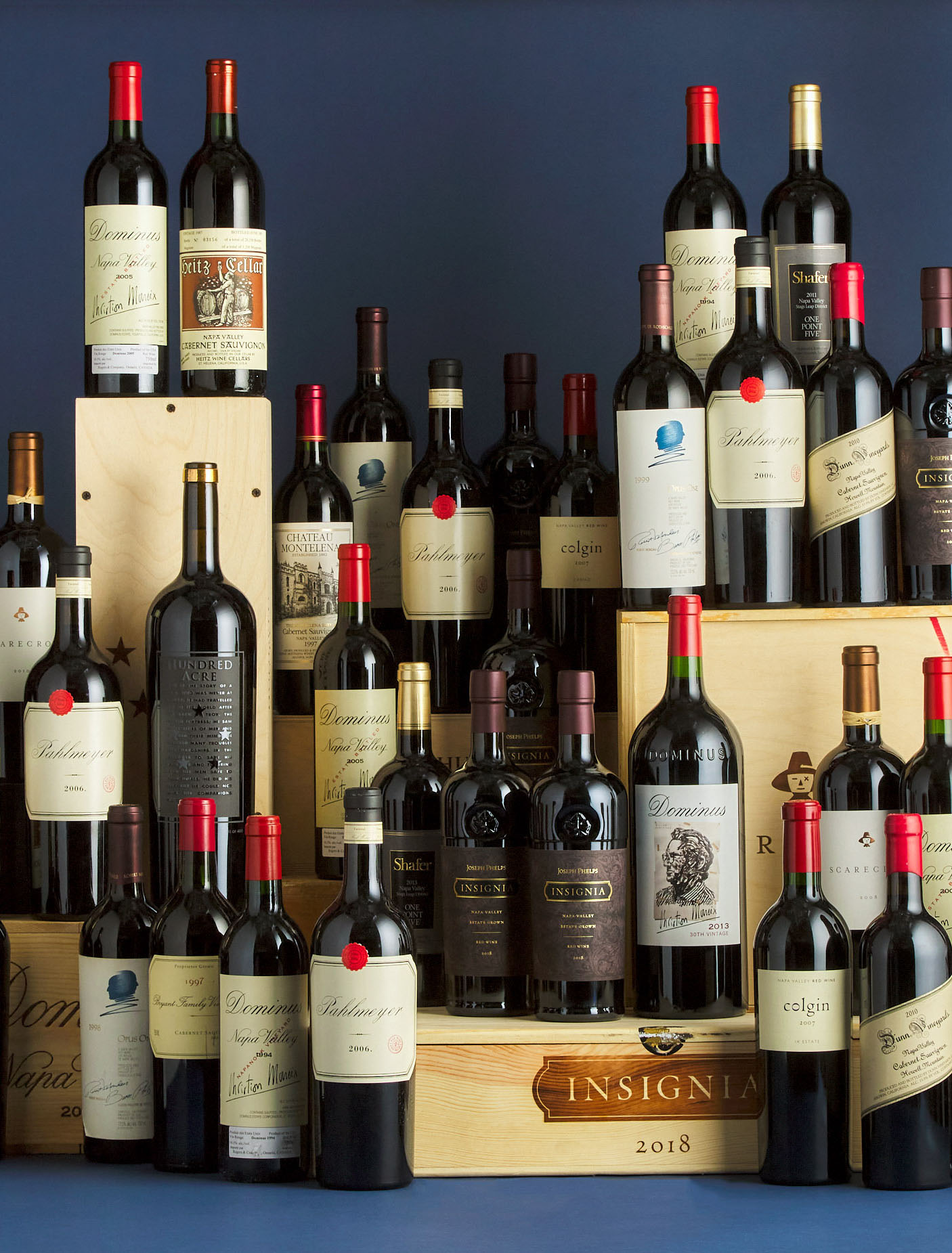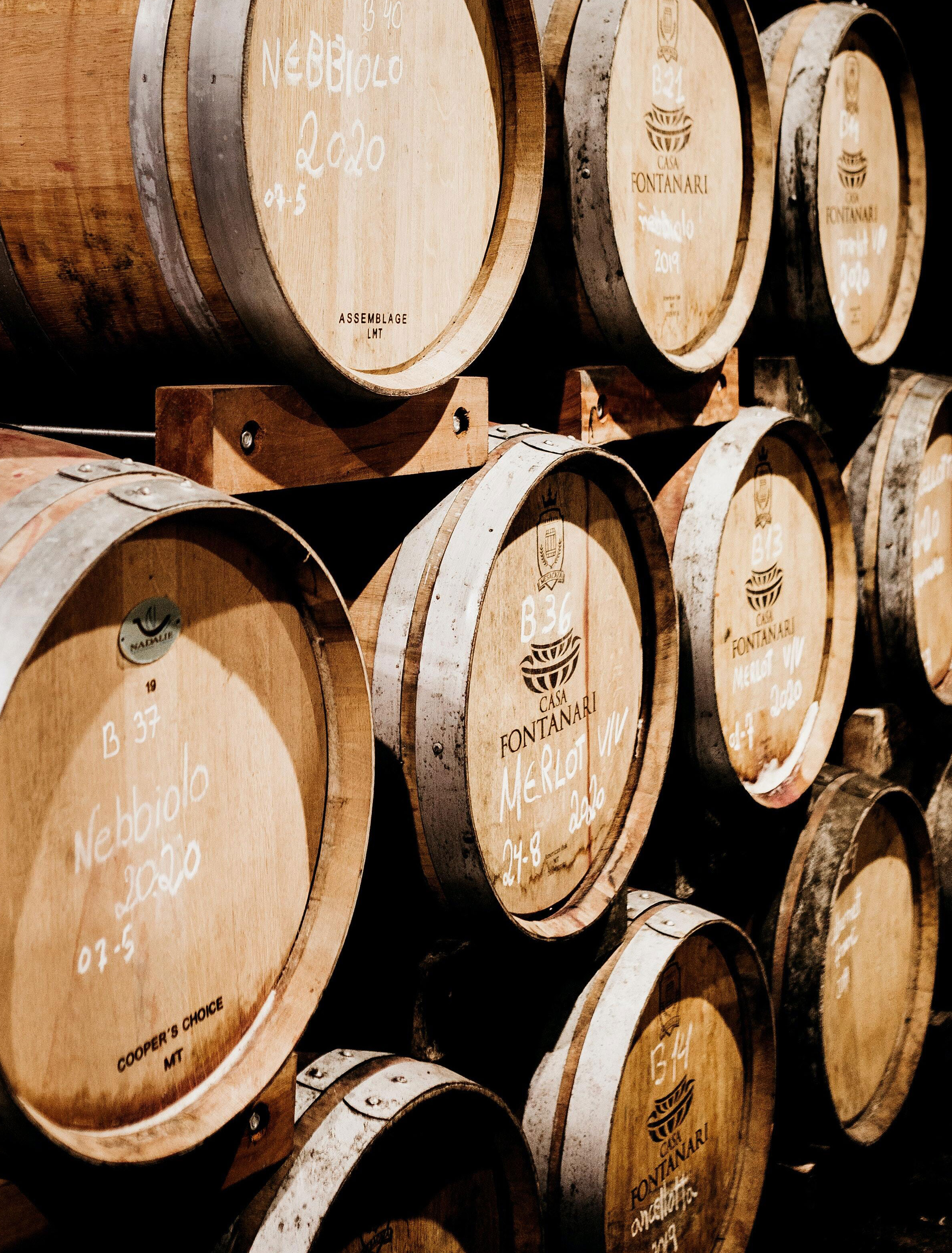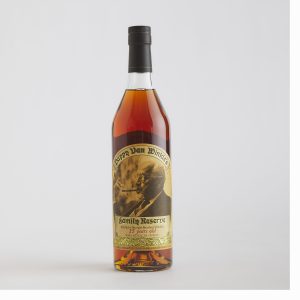
In the same way that Champagne is a type of wine, but not all wine is Champagne, all Bourbon is whiskey, but not all whiskey is Bourbon. If whiskey is defined as a distilled spirit made from fermented grains and then aged in wooden barrels, what is it that defines Bourbon, America’s most popular whiskey?
GRAIN ON THE BRAIN
To make the grade, a Bourbon must be made from a minimum of 51% corn. The remainder is composed of any other type of cereal grain, including rye, barley, or wheat. This recipe ratio is what is known as the “mash bill.” The high percentage of corn is what imparts Bourbon’s distinctive sweet flavour, with other grains bringing their own unique tastes. The average Bourbon spends less time in barrel than many other types of whiskey—here’s looking at you, Scotch—and so derives much of its flavour from the grains used in the mash bill.
BORN IN THE USA
To be classified as Bourbon, federal standards dictate that it must be distilled and aged within the United States. Though it can be made anywhere in the USA, Bourbon is inextricably linked to the state of Kentucky, which produces 95% of the spirit. To be labelled “Kentucky Bourbon,” the whiskey must be distilled and aged within the state itself.
While the Bluegrass State is blessed with many natural gifts–fertile soil conditions, an abundance of high-pH water, and an ideal climate–its primacy in the production of Bourbon also stems from its inhabitants. Irish and Scottish immigrants brought with them a passion for the craft of whiskey-making, passing the skills down through generations.
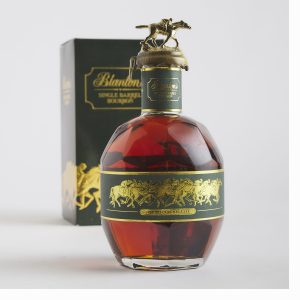
As for its name, its origins are often traced to Bourbon County, Kentucky, or Bourbon Street in New Orleans, both of which borrowed their names from the French royal House of Bourbon. Another interesting etymological theory comes from Michael Veach, author of Kentucky Bourbon Whiskey: An American Heritage via the Smithsonian Magazine. Veach hypothesizes that the name came from an early exercise in brand allegiance. Veach cites an enterprising duo known as the Tarascon brothers, who arrived in Louisville, Kentucky from Cognac, France. They began selling local whiskey in New Orleans, sent down the Ohio River. “They knew that if Kentuckians put their whiskey into charred barrels they could sell it to the New Orleans’ residents, who would like it because it tastes more like Cognac or ‘French Brandy’,” says Veach. He explains that “people starting asking for ‘that whiskey they sell on Bourbon Street,’ which eventually became ‘that Bourbon Whiskey.’” Unfortunately for history buffs, Veach does note that “we may never know who actually invented Bourbon, or even who the first Kentucky distiller was.”
NEW BARRELS, STRAIGHT BOURBON
Under Federal Legislation, Bourbon must be aged within new charred barrels made from American white oak. Though they can’t be reused to make more Bourbon, the barrels aren’t wasted, and are often sold to distilleries in Scotland, Ireland, and Japan, where they can continue imparting their unique flavours to other products. Barrel aging is what gives Bourbon its rich brown colour, as well as amping up its toasty flavours. Keen collectors will note that bottles are often labelled with the number of years that the Bourbon was aged in the barrel, which is known as the “age statement.” If Bourbon is aged for less than four years, it is required by law to display its age statement.
A subcategory of Bourbon known as “Straight Bourbon” refers to an even stricter and more regulated style of production. Straight Bourbon must be aged in new charred oak barrels for a minimum of two years, whereas regular Bourbons may be aged for less.
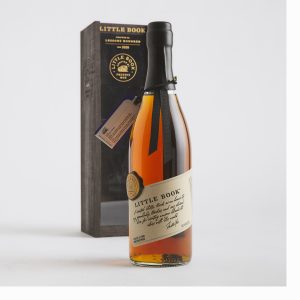
NATURAL COLOUR, PURE TASTE
Another unbreakable rule for Bourbon is that no artificial colouring, additives or flavours can be added to the whiskey. When looking at a bottle of Jack Daniels, note that it is labelled as “Tennessee Whiskey” due to the fact that some of its colour and flavour comes from being filtered over maple wood chips before bottling. This automatically disqualifies it from being a Bourbon. With Bourbons, it’s also worth noting that the darker colour, the higher the alcohol content.
BURDEN OF PROOF
Last but not least are the strict regulations that must be adhered to when making Bourbon. A Bourbon’s mash must be distilled at 160 proof (80 percent alcohol by volume (ABV)) or less, and below 125 proof (62.5% ABV) when the barrel aging process begins. When it is bottled, Bourbon is filtered and diluted to no less than 80 proof (40% alcohol by volume). For comparison, Scotch whisky has the same minimum bottling strength, but has no ABV regulations imposed on its distillation process.
MORE WHISKEY!
Want to learn more? Read about the world’s most coveted Bourbon, Pappy Van Winkle. Looking to go international? Check out our blogs on collecting Macallan and Japanese whisky.
ABOUT THE AUCTION
Waddington’s is pleased to offer a selection of Bourbon in our Fine Spirits auction, online from May 23-31, 2022. Featuring over 300 lots which include rare and collectible bourbons from Little Book Chapters, Michter’s, Pappy van Winkle, Wild Turkey, Blanton’s, Eagle Rare and more, other highlights include unique Japanese whiskies and Single Malt whisky expressions, and there is a very special lot honouring the Game of Thrones with eight single malt whiskies, from renowned distilleries, representing the Houses of Westeros in Game of Thrones and the Night’s Watch.
We invite you to browse the full gallery. The gallery for our Fine Wine auction is also available
For consignment information please contact us at [email protected] or visit the Fine Wine & Spirits Consignments page for more information.
Related News
Meet the Specialists
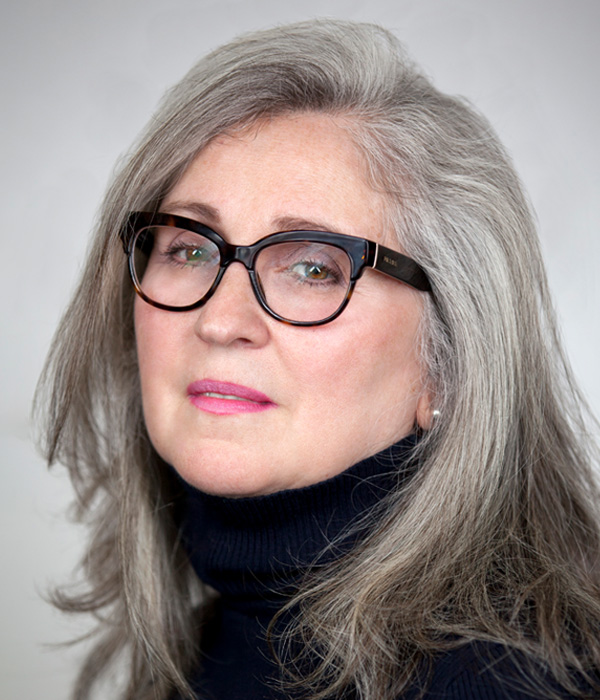
Joann Maplesden
Senior Specialist

Devin Hatfield
Specialist



